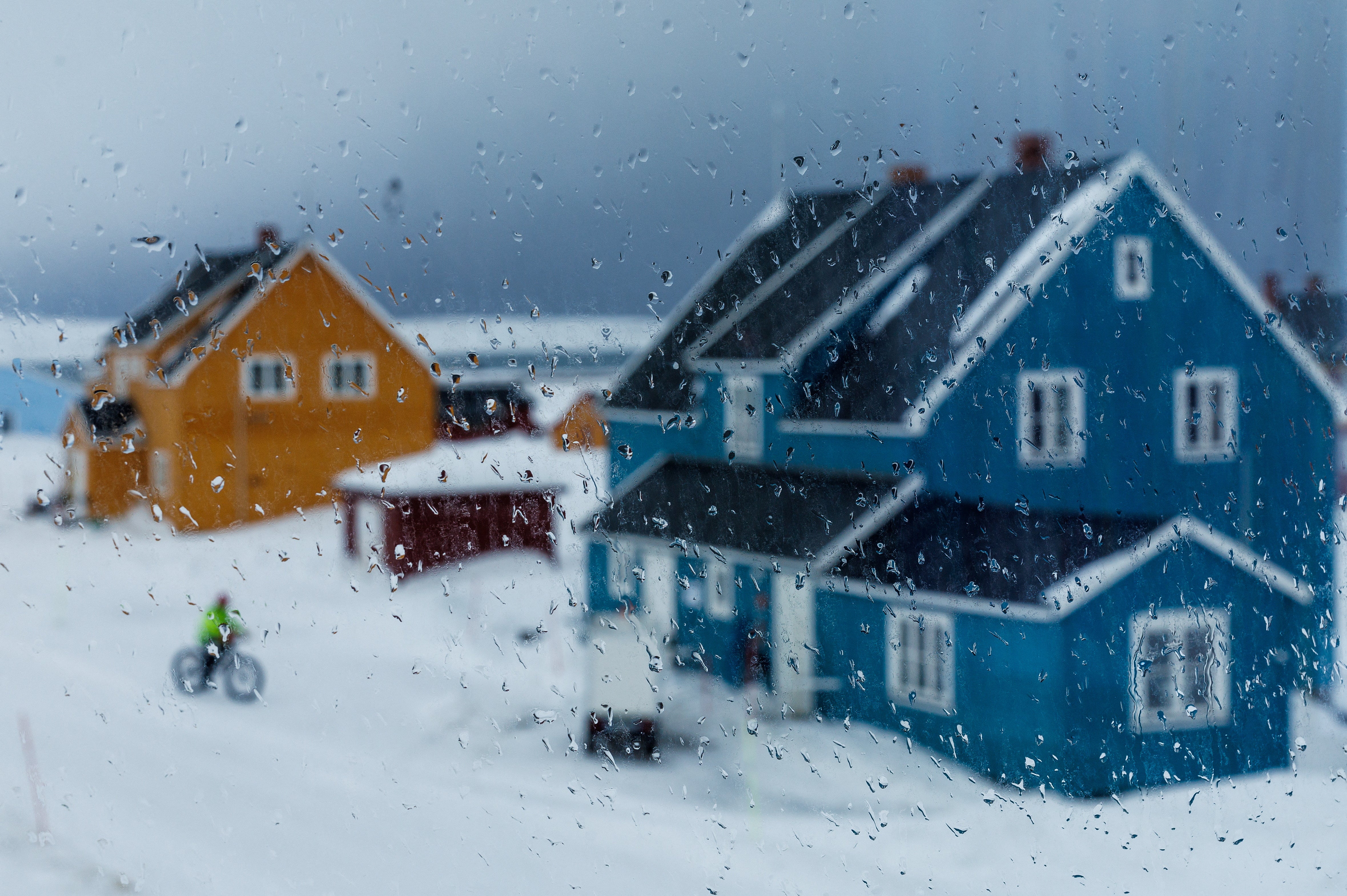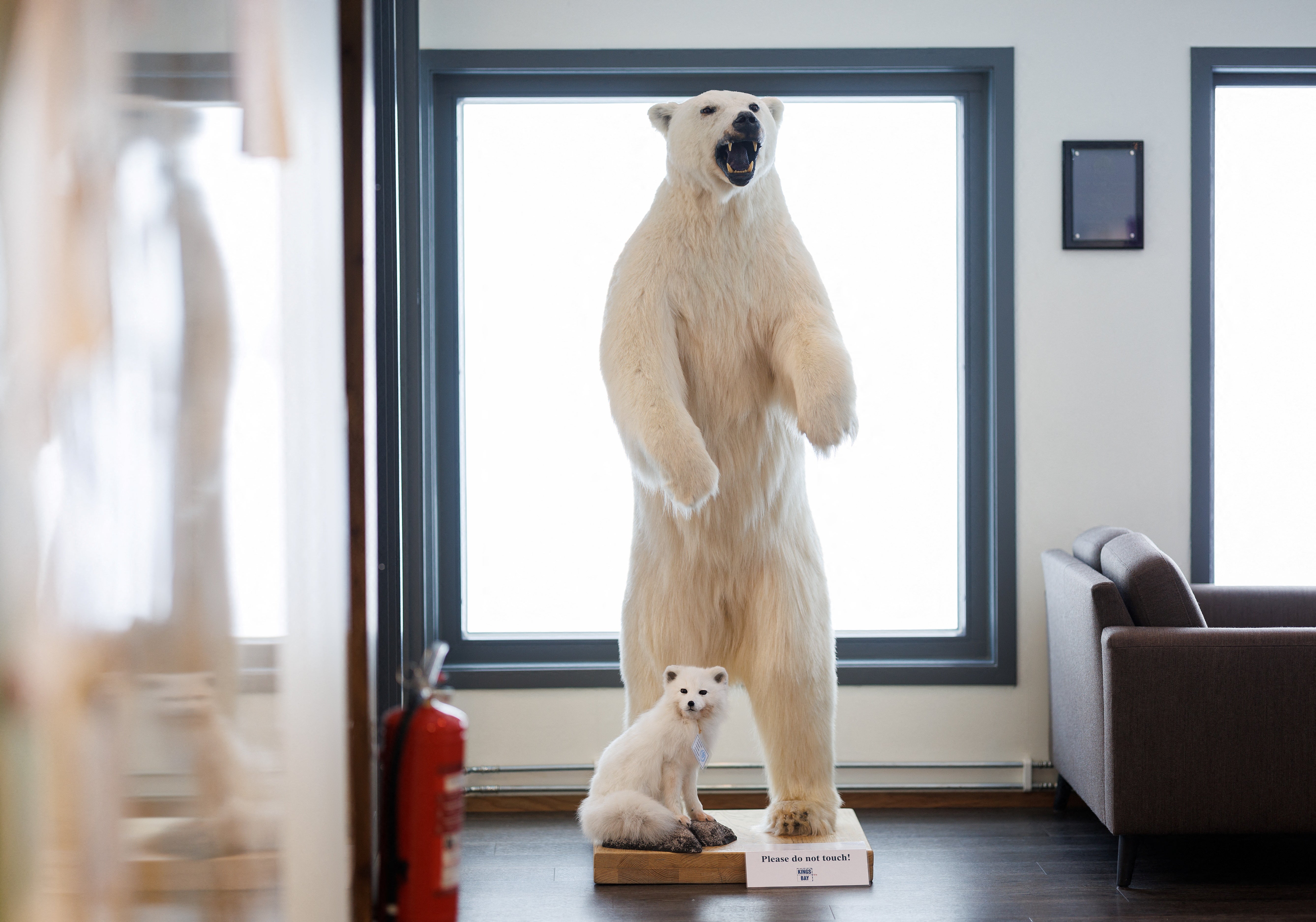The remote Arctic islands that Norway is desperate to keep hold of
Around 60% of Svalbard’s 3,000 inhabitants are Norwegians, while the rest comes from a wide variety of nations

Norway plans to increase its control of infrastructure on the remote Arctic Svalbard islands.
The Norwegian government announced the news on Friday as security concerns and climate change impact the archipelago.
The Nordic nation has long feared that tensions between Russia and the West could spill over to the vast outpost because of its strategic position and of growing interest in the Arctic’s valuable oil, gas and shipping routes.
Located around 700 km (435 miles) north of the European mainland, Svalbard is governed under a 1920 treaty giving Norway sovereignty but allowing citizens of signatory states to settle there without a Norwegian visa.
Around 60% of Svalbard’s 3,000 inhabitants are Norwegians, while the rest comes from a wide variety of nations, most notably Russia, which operates a coal mine in the town of Barentsburg, where some 400 people live.
“We want to strengthen national control and develop the Norwegian presence on the island group,” Minister of Justice and Public Security Emilie Enger Mehl said in a statement presenting its updated Svalbard strategy.
Svalbard is an important part of Norway, and the government wants to ensure Norwegian ownership of important infrastructure and property there as well as increase energy supply security, she added.
Map of Svalbard:
The latter included the Norwegian state taking more responsibility for energy supply to Longyearbyen, Svalbard’s biggest town, it said.
Since the previous strategy update in 2016, Svalbard has undergone massive changes, the government said.
The population has grown and diversified and tourism has increased.
“In addition, the security policy situation, both globally and in our immediate areas, is characterised by greater seriousness and greater unpredictability than when the previous Svalbard report was presented,” it said.

Limiting the impact of climate change is also a key driver, with the government also expressing its desire to limit population growth as well as cruise ship tourism.
Temperatures in the polar region are warming four times faster than the rest of the world, posing a risk to Svalbard’s habitat for polar bears, reindeer and other Arctic species glaciers, which cover more than 60% of the archipelago’s territory.
Just last month a tourist visiting Svalbard was fined more than $1,100 (£900) for getting too close to a walrus. It’s against the law to approach the wildlife on Svalbard in a way that disturbs them.
Join our commenting forum
Join thought-provoking conversations, follow other Independent readers and see their replies
Comments
Bookmark popover
Removed from bookmarks